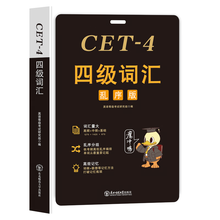Around 1 20 years ago,Ebbinghaus began his study of memory.He concentrated on studying how quickly the human mind can remember information. One result of his I.esearch is known as thetotal time hypothesis(假设),which simply means the amount you learn depends on the time you spend trying to less it.This can be taken as our first rule of learning. Although it is usually true that studying for four hours is better than studying for one,there isthe question of how we should use the four hours. For example,is it better t0 studv for four hoursstraight or to study for one hour a day for four days in a row?The answer.as you may havesuspected,is that it is better to spread out the study times.This phenomenon.through which wecan learn more efficiently by dividing our practice time,is known as the distribution 0f DIlacticeeffect.Thus,our second rule of learning is this:it is better to study fairly briefly but 0ften. But we’re not finished yet.We haven’t considered how we should studv over very shortperiods of time.Let’s say you are trying to learn some new and rather difficult English vocabularyusing a stack of cards.Should you look at the same word in rapid succession.or look at the wordand then have some delay before you look at it again?The answer is it is better t0 sDaee 0ut thepresentations of the word you are to learn.
……
展开










